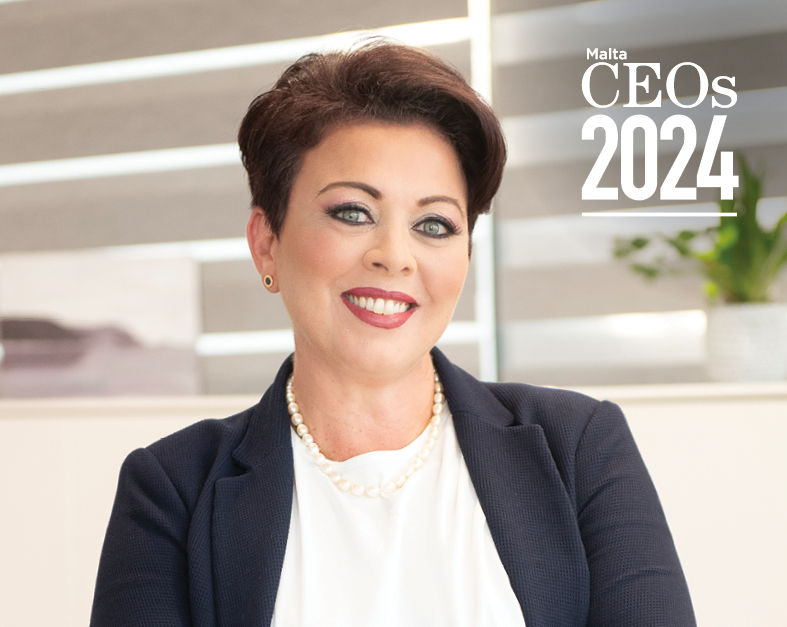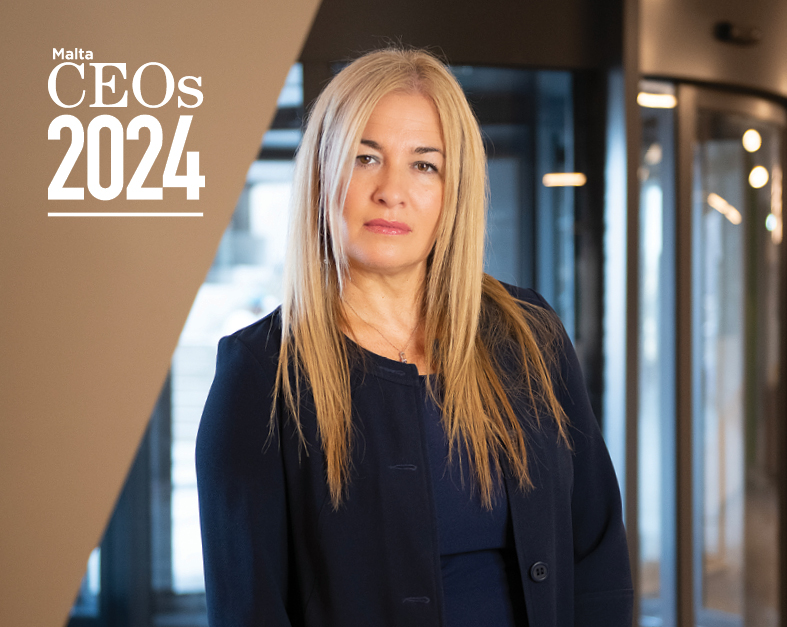Through globalisation, the world has become more diverse. In this multicultural context, intercultural communication plays a very important role in companies’ and individuals’ work and results.
As reported by the International Business & Economics Research Journal “…understanding cultural differences as well as developing intercultural communication competences will not only assist businesses to bridge the communication gap among countries involved in international trade negotiations but will also enable multinational and multicultural managers to manage cultural differences more effectively.”
While interculturalism – as the ability to work effectively across cultures – can be an advantage to a company, not everyone understands the importance of it, and this can generate a lack of understanding of the needs as well as the purposes of people and businesses from different cultures, resulting in negative results and performance for companies and teams.
If we talk about the Chinese social and economic situation, for example, one of the major obstacles in entering their market, as reported by Blend, is usually the difficulty in understanding Chinese culture and its traits (like finding a trustworthy local Chinese business partner).
This was the case of McDonalds, that in 2005 spent thousands of dollars for a television commercial that showed a Chinese man on his knees begging an electronic seller for a discount. This particular spot was seen as an insult by the people of Xi’an, forcing the American franchise to retrieve it.
Overestimating its own product and underestimating the cultural differences resulted in a failure when trying to enter that specific market.
On the other side, companies that consider the target country values, beliefs and rules have a powerful tool that can help them to interact more successfully in their target market. Knowing the way people interact in a specific context makes possible the ideation of a specific and culturally aware marketing campaign, and can help to give the brand a positive reputation in the eyes of consumers.
So, what does a company need to do? Take a step forward and embrace interculturalism, moving from different groups of people living side by side, without having any form of exchange, towards communities, groups of people or individuals from different cultures that share a deep understanding and respect for all cultures and want to learn how to successfully communicate and build relationships.
A good CEO needs to understand the importance of developing intercultural skills, meaning the capabilities to engage and manage a team of people that have different backgrounds, understand and work with values and beliefs different to their own, and the importance of it for the performance of their own company and wellbeing of their employees.
Cultural awareness is an important tool for CEOs and employees, as it helps to understand, recognise and respect different cultural backgrounds, and it can give them the possibility to see and analyse things from another point of view, finding solutions to what was previously unthinkable.
As reported by Fairwinds, Roy Y.J. Chua, Harvard Business School Professor, explains that, “The more your network includes individuals from different cultural backgrounds, the more you will be creatively stimulated by different ideas and perspectives.”
This concept was proven in more than one instance. As reported by Mary Y Brannen in The Wiley Blackwell Encyclopedia of Race, Ethnicity and Nationalism, people with a multicultural mindset possess “skills and competencies related to global leadership that translate into higher performance”, giving the possibility to occupy higher positions inside the company and showing a greater degree of adaptability and comprehension of cross-cultural situations.
Also, as reported by Forbes, a Harvard study showed how companies that were open towards diverse cultures resulted in a 19 per cent higher revenue and 2.3 times higher cash flow per employee, as well as companies which were intentional about hiring, retaining and developing diverse talent were 35 per cent more likely to outperform their competitors.
What are the major obstacles for a good intercultural workplace?
Indeed, the major obstacles are prejudices, stereotypes and conscious and unconscious biases, as people use them daily to simplify the reality around them and determine the way they react in different contexts. On one side, categorisation is a natural mechanism that our brain puts in place to deal with complexity, define similarities and differences, what to trust and who to believe. On the other side, this is a dangerous mechanism: it is the danger of the single story. It is using only one single story, in most of the case derogatory, to define people around us, neighbors, colleagues and clients. Unfortunately, this is what has happened many times, especially against minority or vulnerable groups.
For example, a Yale university study states that in the scientific field, men are generally favoured over women. In this study, job applications for a laboratory manager position were administered to the science faculty from research-intensive universities. To all the applications, random male or female names were assigned. The results showed that the participants rated the male applicants more competent and preferable to hire than the female applicants; they also selected a higher starting salary and offered more career mentoring to male applicants rather than female applicants.
What can good CEOs do to improve their workplace?
Bring interculturalism into your company, not as a nice thing to have but as a way to create a workplace that helps your employees feel that they belong:
- Be a leader that embodies inclusive values. As we believe at GMD, one of the most important suggestions is to be open-minded: never think that your truth is the only truth, but listen and meet people free of expectations, biases and assumptions. This way, you can see things from a perspective that you never thought about before. Encouraging one-to-one interactions is a good way to exchange information about what makes various cultures different, and learn about them. “Practice makes perfect” and there is no better practice than interacting directly with other cultures, wanting to know and learn more about and from them.
- Think about the different needs of your actual and future employees. Cultural exchanges happen every day and are not linked to a specific time and place; try to be more inclusive and diverse, you’ll see things from another point of view and will find new and fresh inspiration.
- Promote diverse perspectives. Diversity in workplace brings different voices and viewpoints that can help your company grow. Invite diversity of discussions in your company, not just by hiring people of different groups, but being proactive towards opportunities.
- Give your employees the possibility to express themselves without the concern that age, sex, race, religion etc. could be a reason they are valued less by the company. This kind of freedom gives the possibility to the company to not only listen but also apply suggestions and other points of view.
The author would like to thank Andrea Borzì, GMD intern, for his support in research and writing for this article.
Why active listening makes people better leaders
Being a good listener is considered among the most important leadership skills.
Leaders, what is your relationship with ‘rest’?
Understanding our attitudes and behaviours around rest can empower us to learn how to rest in a way that prevents ...
Say goodbye to your 60-hour work week
7 tips to stop business leaders from overworking.
Reach new heights: 6 key strategies to accelerate business growth
Growth is an ongoing process that business leaders have to work hard towards and be patient with.











